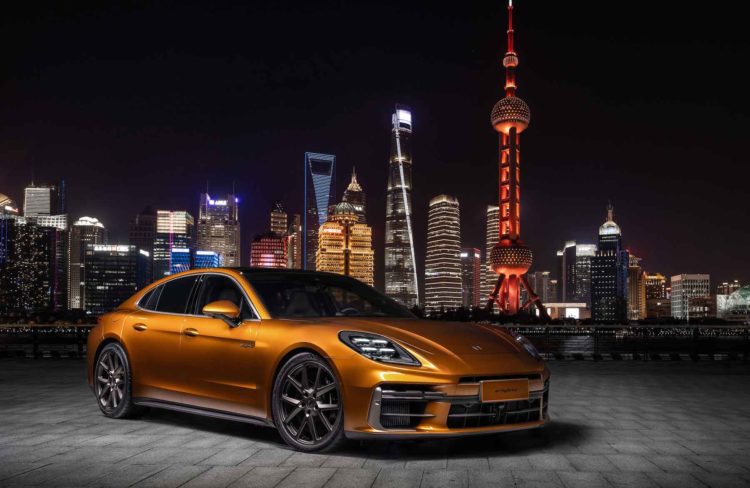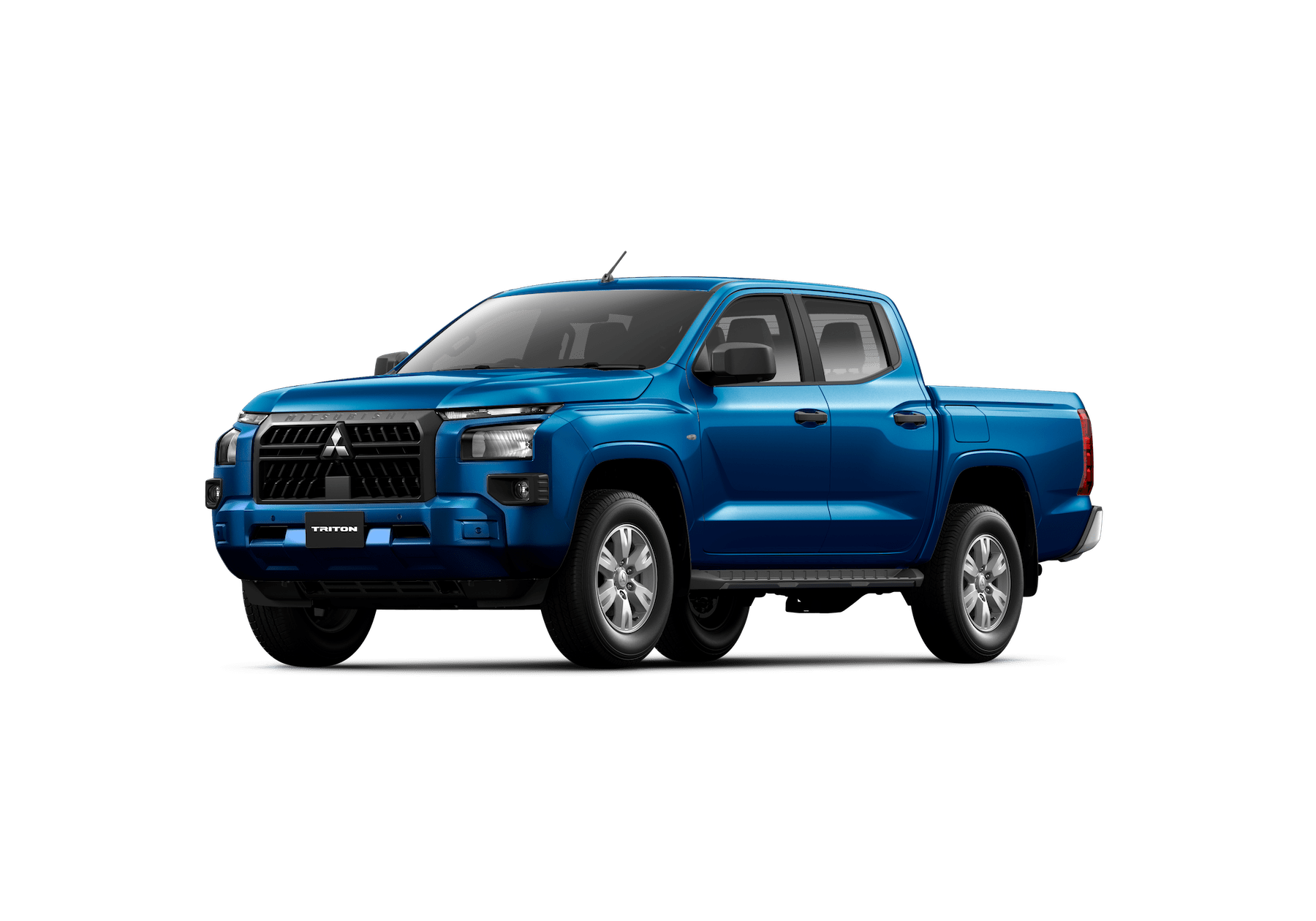Porsche has lifted the veil on its third generation Panamera, with the luxurious grand touring sedan picking up new suspension hardware, revised styling inside and out, more equipment and a range of more potent E-Hybrid powertrains.
For its proportions, the Panamera measures in at 5,052mm long, 1,937mm wide and stands 1,423mm tall, while a new air intake above the number plate adds to its more purposeful design language.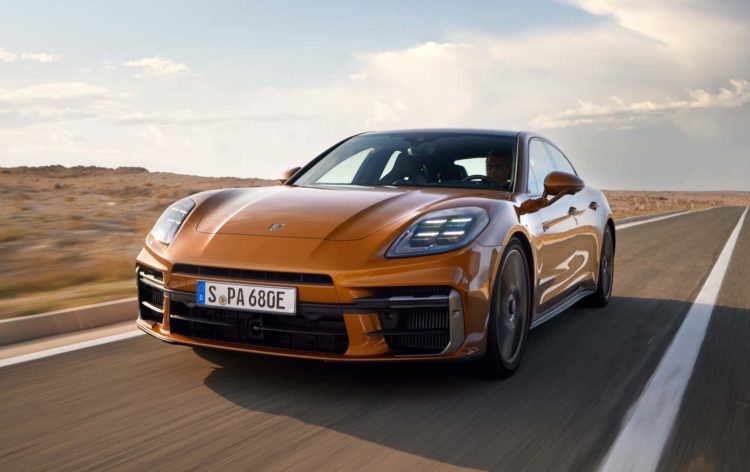
The front end has been sharpened up with a more aggressive finish for the air intakes, while the LED headlights have been squared-up in line with its more contemporary siblings.
The side profile looks to be relatively unchanged, though Porsche says the side windows have in fact been redesigned, while the outer edges of the rear windows are now flush with the flowing contours of the rear three-quarter haunches.
In terms of powertrains, Porsche says the third gen Panamera will come offered with a choice of units under the bonnet – all of which have picked up some power, efficiency and electric driving range increases.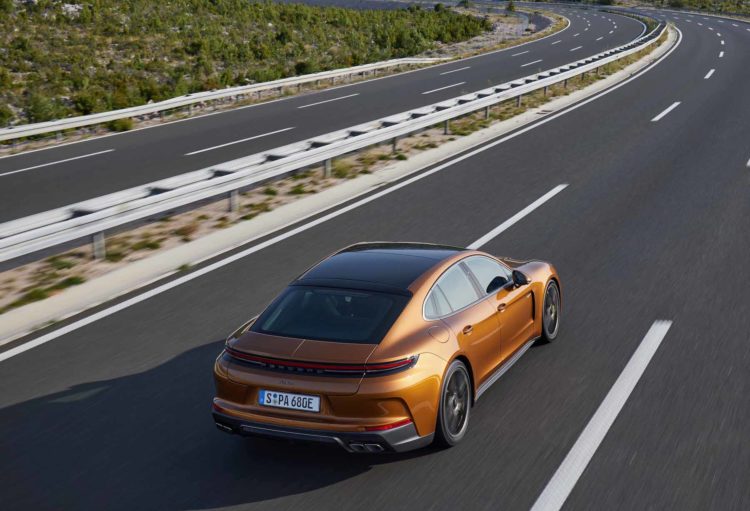 For Australia, though, just two powertrains will be offered for the Panamera, including the 2.9-litre twin-turbo V6 base model that now kicks out 260kW of power and 500Nm of torque, a 17kW/50Nm increase over its predecessor.
For Australia, though, just two powertrains will be offered for the Panamera, including the 2.9-litre twin-turbo V6 base model that now kicks out 260kW of power and 500Nm of torque, a 17kW/50Nm increase over its predecessor.
This allows it to sprint to 100km/h in 5.1 seconds and onto a top speed of 272km/h.
Buyers will also have the option of the flagship Panamera Turbo E-Hybrid which utilises the same 4.0-litre twin-turbo V8, though outputs from the electric motor (140kW on its own juice) and the size of the connected battery have both increased.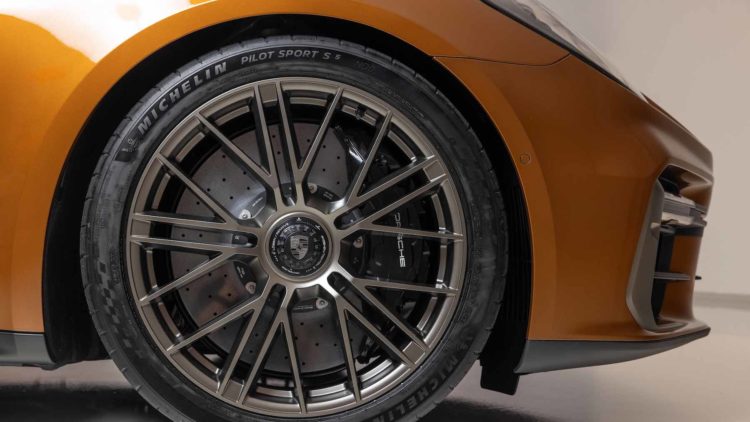 Porsche says outputs for the Turbo E-Hybrid stand at 500kW/930Nm, offering a 3.2 second sprint to 100km/h and a top speed of 315km/h, while the electric driving range from the 25.9kWh battery pack remains unconfirmed.
Porsche says outputs for the Turbo E-Hybrid stand at 500kW/930Nm, offering a 3.2 second sprint to 100km/h and a top speed of 315km/h, while the electric driving range from the 25.9kWh battery pack remains unconfirmed.
Underneath, the Panamera range comes packing two-vale, double chamber adaptive suspension with updated rebound and compression stages, while the updated Porsche Active Ride suspension hardware remains an optional extra.
Porsche says its active ride hardware utilises a new set of two-vale, active shock absorbers connected to a hydraulic pump that helps the Panamera lean into corners and build up support on the loaded, outside wheel to help minimise body roll. Inside the cabin, there’s a redesigned cabin layout said to offer the perfect blend between a high-tech and analogue cabin that was previewed a few weeks ago ahead of the Panamera’s launch.
Inside the cabin, there’s a redesigned cabin layout said to offer the perfect blend between a high-tech and analogue cabin that was previewed a few weeks ago ahead of the Panamera’s launch.
The sleek new layout does away with most physical buttons, sticking with a small handful of switches and a rotary knob on the centre console.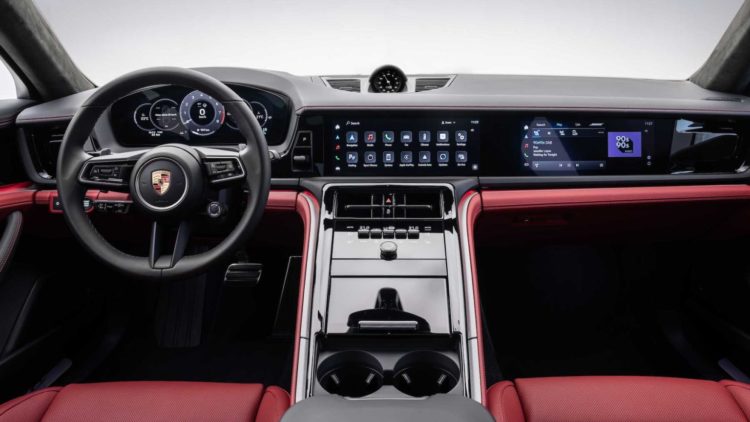 The driver picks up a curved 12.6-inch digital instrument cluster paired seamlessly with another 12.6-inch display for the infotainment system, while there’s an optional extra for another display in front of the front passenger.
The driver picks up a curved 12.6-inch digital instrument cluster paired seamlessly with another 12.6-inch display for the infotainment system, while there’s an optional extra for another display in front of the front passenger.
Porsche says that the first deliveries of the Panamera are set to commence in the first quarter of 2024, with prices starting at $227,000, while the range-topping Panamera Turbo E-Hybrid is priced at $402,300 before on-road costs.